![有限元方法及其应用(英文版) [Finite Element Method and its Applications]](https://pic.tinynews.org/11604480/54993390N03801b42.jpg)

具体描述
内容简介
Finite Element Method and its Applications discusses the methods in a general frame and the performance on the computer, the variational formulations for elliptic boundary value problems, the error estimates and convergence for finite element approximate solutions and nonstandard finite element. In particular, presentations of the subject include the applications of finite element method to various scientific and engineering problems, for example, three dimensional elastic beam, elastic mechanics, three dimensional neutron diffusion problems, magneto hydrodynamics, three dimensional turbomachinery flows, Navier-Stokes equations and bifurcation phenomena for nonlinear problem, etc. Most applications results were established by the authors in the past three decades. This book was written by Kaitai Li, Aixiang Huang, Qinghuai Huang.目录
Chapter 1 The Structure of Finite Element Method1.1 Galerkin Variational Principle and Ritz Variational Principle1.2 Galerkin Approximation Solution1.3 Finite Element Subspace1.4 Element Stiffness and Total StiffnessChapter 2 Elements and Shape Functions2.1 Rectangular Shape Function2.1.1 Lagrange Type Shape Function of Rectangular2.1.2 Hermite Type Shape Function of Rectangular2.2 Triangular Element2.2.1 Area Coordinate and Volume Coordinate2.2.2 Lagrange Type Shape Function of Triangular Element2.2.3 Hermite Type Shape Function of Triangular Element2.3 Shape Function of Three Dimensional Element2.3.1 Lagrange Type Shape Function of Hexahedron Element2.3.2 Lagrange Type Shape Function of Tetrahedron Element2.3.3 Shape Function of The Three Prism Element2.3.4 Hermite-Type Shape Function of Tetrahedron Element2.4 Iso-parametric Finite Element2.5 Curve Element
Chapter 3 Procedure and Performance of Computation of Finite Element Method3.1 The Procedure of Finite Element Computation3.2 One dimensional Store of Symmetric and Band Matrix3.3 Numerical Integration3.4 Computation of Element Stiffness Matrix and Synthesis of Total Stiffness Matrix3.4.1 Computation of Shape Function3.4.2 The Computation of Element Stiffness Matrix and Element Array3.4.3 Superposition of Elements of Total Stiffness Matrix3.5 Direct Solution Method for Finite Element Algebraic Equations3.5.1 Decomposition for Symmetric and Positive Definition Matrix3.5.2 Direct Solution for Algebraic equations3.6 Other Solution Method for Finite Element Algebraic Equations3.6.1 The Steepest Descent Method3.6.2 Conjugate Gradient Method3.7 Treatment of Constraint Conditions3.7.1 Treatment of Imposed Constraint Conditions3.7.2 Treatment of Periodic Constrain Condition3.7.3 Remove Periodic Constrain and Matrix Transformation3.7.4 Performance of the Method on Computer3.8 Calculation of Derivatives of Function3.9 Automatic Generation of Finite Element Mesh
Chapter 4 Sobolev Space4.1 Some Notations and Assumptions on Domain4.2 Classical Function Spaces4.3 LP(Ω) Space4.4 Spaces of Distribution4.5 Sobolev Spaces with Integer Index4.6 Sobolev Space with a Real Index HσP(Ω)4.7 Embedding Theorem and Interpolate Inequalities4.8 The Trace Spaces
Chapter 5 The Variational Principle for Elliptic Boundary Value Problem and Error Estimate of Finite Element Approximation Solution.5.1 Elliptic Boundary Value Problem5.1.1 Regularity5.1.2 The Existence and Uniqueness of the Solution5.1.3 Maximum Principle5.2 Variational Formulations5.3 Finite Element Approximation Solutions5.4 Coordinate Transformation and Equivalent Finite Element5.4.1 Affine Transformation and Affine Equivalent Finite Element5.4.2 Isoparametric Transformation and Isopavametric Finite Element5.5 The Theory of Finite Element Interpolation5.5.1 Some Lemma……Chapter 6 Nonstandard Finite Element MethodsChapter 7 Applications of Finite Element Method in the EngineeringChapter 8 Finite Element Analysis for Internal Flow in TurbomachineChapter 9 Finite Element Approximation for the Navier-Stokes EquationsReferences
精彩书摘
Chapter 1The Structure of Finite Element Method
The finite element method is a numerical computational method for differential equations and partial differential equations. In order to solve the general field problem by using finite element method, it must pass through the following processes:
1) Find the variational formulation associated with original field problem.
2) Establish finite element subspace. For example, select the element type and associated phase functions.
3) Establish element stiffness matrix, element column and assemble global stiffness matrixfull column.
4) Treatment of the boundary conditions and solving of the system of finite element equations.
5) Come back to the real world. In this book, the first four processes will be systematic formulations in the first chapter till third chapter.
1.1 Galerkin Variational Principle and Ritz Variational Principle As an example, we consider the linear elliptic boundary value problem of two dimension,
(1.1.1) where, Ω is a connected domain in R2, .Ω = Γ1 ∪ Γ2 is a piecewise smooth boundary. Letn denote the unit outward normal vector to .Ω defined almost everywhere on .Ω. p(x, y) ∈C1(Ω), p(x, y) ≥ p0 > 0, σ(x, y) ∈ C0(Ω) and σ(x, y) ≥ 0.
Throughout this chapter we make notation: C0(Ω) = the set of all continuous function in an open subset in Rn. Ck(Ω) = the set of functions v ∈ C0(Ω), whose derivatives of order k,exist and are continuous;
where α = (α1, ? ? ? , αn), |α| = α1 + ? ? ? + αn.
Assume that u(x, y) ∈ C2(Ω) satisfies (1.1.1) in Ω and on .Ω, the function u(x, y) is called classical solution of problem (1.1.1).Next, we consider weak solution of (1.1.1). Define the norm
(1.1.2) Sobolev space H1(Ω) is a closure of C∞(Ω), under the norm (1.1.2) with the inner product
(1.1.3) H1(Ω) is a Hilbert space which is called one order Sobolev space. Let C∞0 (Ω) = {v : v is an infinite differentiable function and support of v . Ω}, H10 (Ω) = the closure of C∞0 (Ω) under the norm(1.1.2),it is equivalent to H10 (Ω) = {v : v ∈ H1(Ω), v|.Ω = 0}.In addition, let C∞# (Ω) = {v : v ∈ C∞(Ω), v|Γ1 = 0},V (Ω) = closure ofC∞# (Ω) under the norm(1.1.2),which is equivalent toV = {v : v ∈ H1(Ω), v|Γ1 = 0}.
It is clear that V is a Hilbert space with inner product (1.1.3). Furthermore,H10 (Ω) . V . H1(Ω).Let us introduce bilinear functional
(1.1.4) In (1.1.4), fixed u, then B(u, v) is a linear functional of v, while v is fixed, it is a linear functional of u. In other words, suppose α1, α2, β1, β2 are arbitrary constants, then B(α1u1 + α2u2, β1v1 + β2v2) =α1β1B(u1, v1) + α1β2B(u1, v2) + α2β1B(u2, v1) + α2β2B(u2, v2), .u1, u2, v1, v2 ∈ H1(Ω). It is clear that (1.1.4) satisfies
(1) Symmetry,B(u, v) = B(v, u). (1.1.5)
(2) The continuity in V × V , i.e., there exists a constant M >0, such that|B(u, v)| M u 1,Ω v 1,Ω, .u, v ∈ V. (1.1.6)
(3) Coerciveness in V , i.e., there exists constant γ > 0, such that B(u, u) γ u 2 1,Ω, .u ∈ V. (1.1.7) Of course, is a continuous linear functional in v.
The Galerkin Variational Formulation for (1.1.1): Find u ∈ V , such thatB(u, v) = f(v), .v ∈ V. (1.1.8)A solution u satisfying (1.1.8) is called a weak solution of (1.1.1). The space V is calledadmissible space or trial space. On the other hand, (1.1.8) must be satisfied for every v ∈ V ,therefore, V is called test function space. If trial and test space for the variational problem arethe same Hilbert V , in this case, V is called energy space.
Owing to the boundary condition on Γ2 is contained in the variational problem (1.1.8), theboundary condition on Γ2 is called nature boundary condition, while the boundary conditiononΓ1 is called essential boundary condition.
The following proposition gives the relationship between classical solution and weak solution of (1.1.1).
Proposition 1.1 Suppose u ∈ C2(Ω). If u is a classical solution of (1.1.1), then, u isthe weak solution of (1.1.1). Otherwise, if u is a weak solution of (1.1.1), then u is a classicalsolution of (1.1.1).
……
前言/序言
用户评价
对于一本英文版的教材来说,语言的清晰度和专业术语的准确性至关重要。我希望作者的行文风格是那种行家里手的叙述,既要保持学术的严谨性,又不能让初学者望而却步。术语的定义必须精确无误,图表的质量也直接影响理解效率。如果书中能配有大量的示意图来解释节点自由度和位移插值过程,那将大大减轻阅读负担。此外,我更青睐那些能够批判性地看待有限元方法的书籍,它不应该将有限元描绘成万能的灵丹妙药。书中是否诚实地指出了有限元法的局限性,比如高频振动模拟中的奇点问题、网格畸变对精度的影响,以及在某些问题上,有限差分或谱方法可能更具优势的讨论?这种平衡的视角,能帮助读者形成更成熟、更审慎的工程判断力,避免盲目套用方法论。
评分我特别关注的是书中对“应用”部分的阐述是否足够贴合实际工程中的痛点。理论的完美推导固然重要,但如果不能有效指导实践,那它就少了一半的价值。我希望书中包含足够多的案例研究,最好是能覆盖结构力学、传热学乃至流体力学等多个学科领域。例如,在结构分析部分,是否详细讨论了材料非线性和接触摩擦问题的数值实现?在热传导方面,对于瞬态问题的求解器选择和稳定性分析,是否有深入的比较和评估?我期待的不是那种教科书式的简单算例,而是那些能体现出实际建模挑战的复杂场景,比如如何处理复杂几何体的网格划分、如何优化模型以获得可接受的计算效率与精度之间的平衡。如果书中能穿插一些源代码片段或伪代码,展示如何将理论转化为实际可执行的算法,那就更完美了。一个优秀的工程应用指南,应该能帮助读者在面对真实世界中的“脏数据”和“怪异”边界条件时,依然能够自信地建立并求解模型。
评分如果这本书的定位是面向高年级本科生或研究生,那么它在提升读者独立研究能力方面的作用就不容忽视。我期望它在习题设计上具有挑战性,这些习题不应仅仅是重复课本例题的数值计算,而应该引导学生去探索更深层次的理论推导,或者要求他们对某个特定算法的效率进行性能分析。例如,要求学生比较线性高斯积分点和超高斯积分点在特定单元上的误差收敛率,或者设计一个简单的程序来测试不同时间步长对瞬态问题的精度影响。书中如果能提供一个清晰的学习路径,将基础理论、数值实现和高级应用有机地串联起来,帮助读者从一个“使用者”成长为一个能够“设计”和“改进”有限元算法的工程师或研究人员,那么这本书的价值就得到了最大程度的体现。它应当是激发读者好奇心和创新精神的催化剂。
评分翻开这本书,首先映入眼帘的是那种扎实的学术气息,封面设计简洁却不失专业感,一看就知道这不是那种浮于表面的入门读物。我期待它能深入浅出地剖析有限元方法的数学基础,比如形函数如何构造,刚度矩阵如何积分,以及边界条件如何施加这些核心概念。更重要的是,我希望书中能对不同类型的单元,比如一维杆单元、二维三角形单元,乃至三维四面体单元的推导过程给出详尽的步骤解析。很多教材在讲解变分原理或最小势能原理时往往一带而过,导致读者对方法的根源理解不够透彻,我非常希望能看到作者在这部分投入足够的笔墨,用严谨的数学语言阐述每一步的物理意义,这样才能真正掌握其精髓,而非仅仅停留在套用公式的层面。对于高级主题如非线性问题处理、时间离散化方法以及自适应网格细化策略的介绍,也应占据相当的篇幅,毕竟现代工程仿真早已超越了简单的线性静力学范畴。这本书的厚度本身就暗示了内容的广度和深度,对于正在进行研究或需要进行复杂工程分析的读者来说,这无疑是一个强有力的工具书。
评分从排版和装帧的角度来看,一本优秀的参考书必须具备良好的可读性。对于一本涉及大量数学公式和复杂图表的书籍而言,字体的选择、公式的对齐以及插图的清晰度直接决定了阅读体验。我非常在意公式的编号和引用是否连贯,这样在查阅和回顾特定推导步骤时能快速定位。此外,如果书中包含一个详尽的索引,能够让我迅速查找到特定概念的出现位置,例如“奇异性”、“后处理技术”或“L2投影”,那会极大地提高我作为工具书的使用效率。一本真正服务于读者的专业书籍,其细节之处往往体现了作者和出版商对读者的尊重。我希望这本书在这些看似次要的细节上,也能展现出与内容深度相匹配的专业水准。
相关图书
本站所有内容均为互联网搜索引擎提供的公开搜索信息,本站不存储任何数据与内容,任何内容与数据均与本站无关,如有需要请联系相关搜索引擎包括但不限于百度,google,bing,sogou 等
© 2025 book.tinynews.org All Rights Reserved. 静思书屋 版权所有

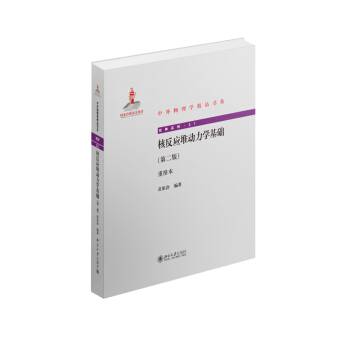
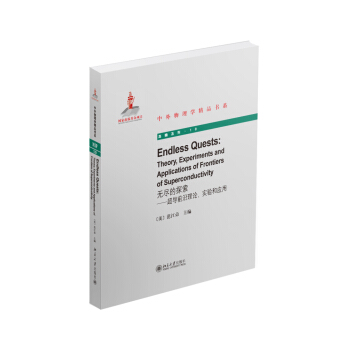
![差分干涉雷达测量与地面沉降监测/高等学校教材 [Differential Interferometric Synthetic Aperture Radar and Ground Subsidence Monitoring] pdf epub mobi 电子书 下载](https://pic.tinynews.org/11643814/54dd9cf6Nec16931b.jpg)
![布朗运动的启示 [The Thought Caused by Brownian Motion] pdf epub mobi 电子书 下载](https://pic.tinynews.org/11668437/55166470N8c7e6647.jpg)
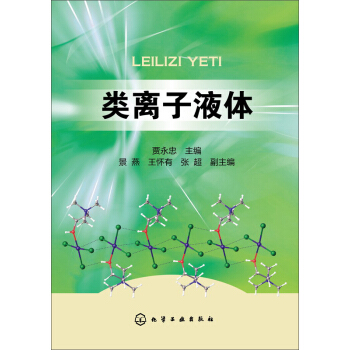
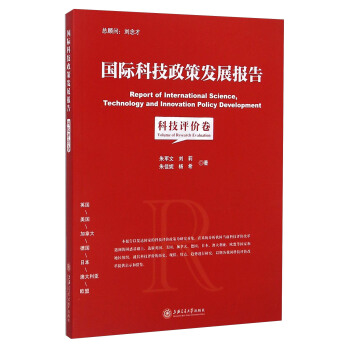
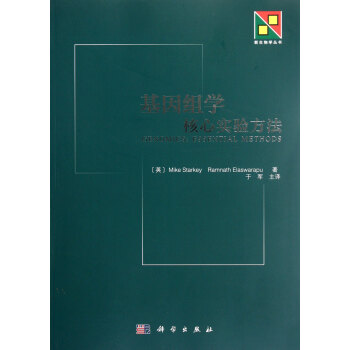

![资源与环境经济学(第二版)/高等院校环境系列教材 [Natural Resource and Environmental Economics] pdf epub mobi 电子书 下载](https://pic.tinynews.org/11688159/5563ce3fN5012fa85.jpg)

![中国科学院大学研究生教材系列:相对论天体力学和天体测量学 [Re Lativistic Celestial Mechanics and Astrometry] pdf epub mobi 电子书 下载](https://pic.tinynews.org/11701616/556f9fe3Nadad05ab.jpg)
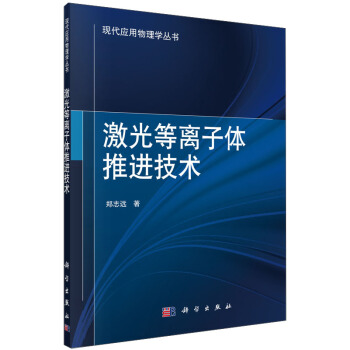

![中华人民共和国行业标准(CJJ/T212-2015):生活垃圾焚烧厂运行监管标准 [Standard for Supervision on Operation of Municipal Solid Waste Incineration Plants] pdf epub mobi 电子书 下载](https://pic.tinynews.org/11719313/55a3077aNd944cdda.jpg)
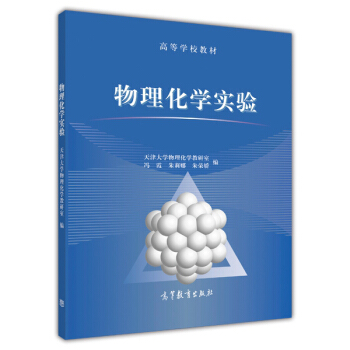
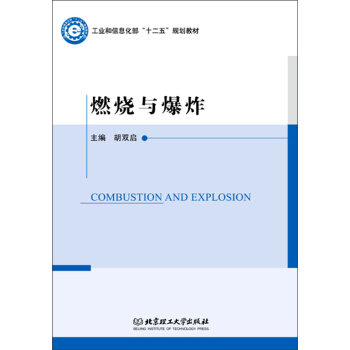

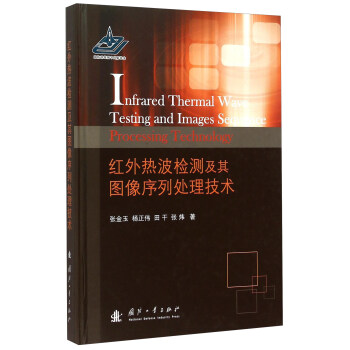
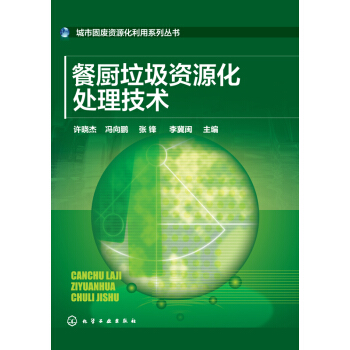
![研究生力学丛书:塑性动力学概论 [An Introduction to Plastodynamics] pdf epub mobi 电子书 下载](https://pic.tinynews.org/11748485/55c99b7aNa57aa44d.jpg)